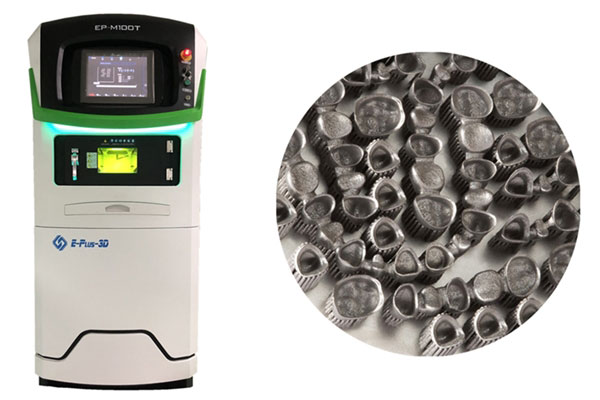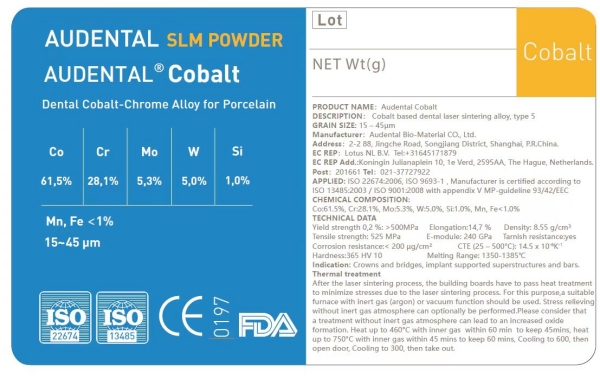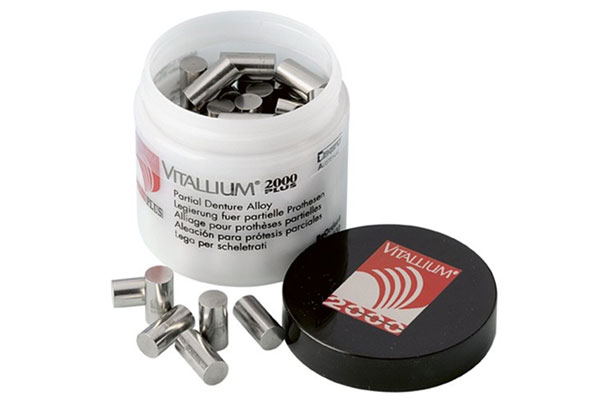Dental Framework Lab from China
Robust Dental Framework
A dental framework is the underlying hard structure that often comes with an acrylic partial or a flexible partial. It helps create a sturdy base for the partial denture, offering better support and stability for the replacement of teeth. Besides, it covers less gum, so it looks more natural and helps protect the remaining teeth.
The strong clasps of a framework take advantage of the grooves in your teeth, allowing maximum retention of partial dentures. A dental framework can be made from different materials, including metal alloys, peek, or pure titanium, depending on the specific needs of the patient.
Featured Dental Framework
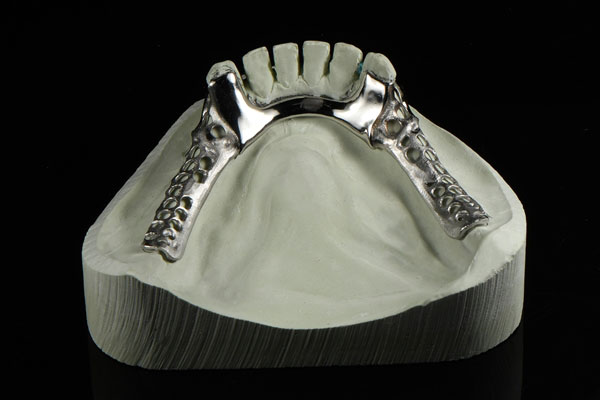
Cobalt-chrome Framework
A cobalt-chrome framework is made of cobalt-chrome alloy. It is the most popular among all dental frameworks, because it is cost-effective. However, it is relatively heavy, and some patients are allergic to cobalt-chrome alloy.
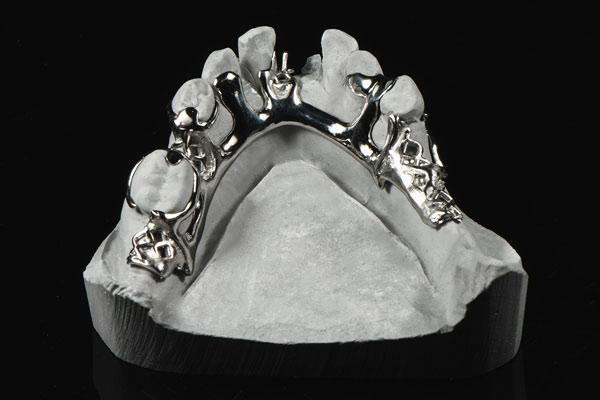
Vitallium Framework
The Vitallium framework , also known as premium framework is made of Vitallium alloy. It has many advantages over a cobalt-chrome framework. They are highly bio-compatible, lighter in weight, not easy to break, and resistant to corrosion.
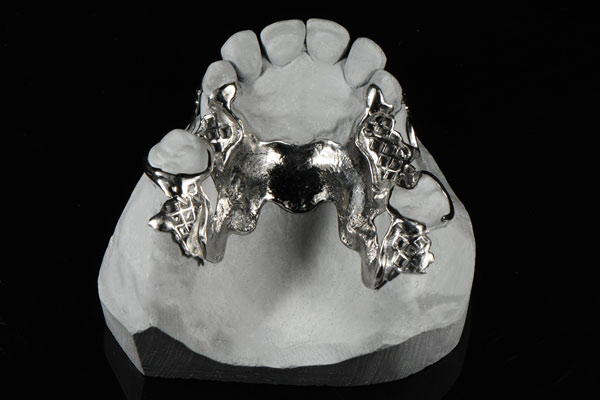
Titanium Framework
A titanium framework is made of titanium alloy. It is highly bio-compatible and easy to make adjustments. The most important thing is that it is super light weight. It not only offers great stability, but also improves comfort for the wearer.
Robust Dental Framework Specification
| Product: | Framework |
| Cobalt-chrome framework: | Audental from China (FDA/ CE certified) |
| Premium framework: | Vitallium 2000, Dentsply from USA |
| Titanium framework: | Audental from China (FDA/ CE certified) |
| Way of manufacturing: | Laser printing, Traditional cast |
| Our scanning device: | 3Shape |
| Design software: | 3Shape |
Dental Framework Lab Equipment & Material
Dental Framework FAQ Guide
1. Advantages of the dental framework
As a dental device, a dental framework has its own unique advantages.
- Dental frameworks are usually smaller than acrylic partials and do not fully cover the roof of the mouth. In this way, the roof of the mouth is covered, which improves the user’s sense of taste and allows you to taste food better.
- Dental frameworks are less likely to break or bend out of shape like more fragile plastic denture substitutes. Although dental framework can be more expensive than many alternatives, the durability of dental framing makes it worthwhile for individuals looking to improve their quality of life, oral health, and smile.
- You have less vomiting feelings as the dental framework is tightly fixed into your gum and does not go back deep into the mouth.
- The dental framework can provide tooth support (best), gingival support (worst), or tooth and gum support (second best). The dental framework is the element that stops the denture from sinking into the mouth and moving as you bite down. All dental frameworks have some dental support, the more the better.
2. Disadvantages of the dental framework?
In addition to the listed advantages, dental frameworks also have some disadvantages which are recommended for you to take a quick look at for better your choice.
- A dental framework, no matter what material it is, is an additional cost to a dental partial. Aside from its more expensive raw material, the dental framework takes a longer time to create and requires more skills from dentists and technicians to make a good set of it.
- The dental framework doesn’t look good because of the color. The only metal part you might see is the clasp. But we can resolve this problem by having a metal framework with flexible clasps or tooth-color clasps.
- Metal frameworks conduct heat or cold when having food. This might cause sensitivity to temperature changes in the mouth for some patients.
- Time – the production of a cobalt chrome framework takes longer than acrylic dentures.
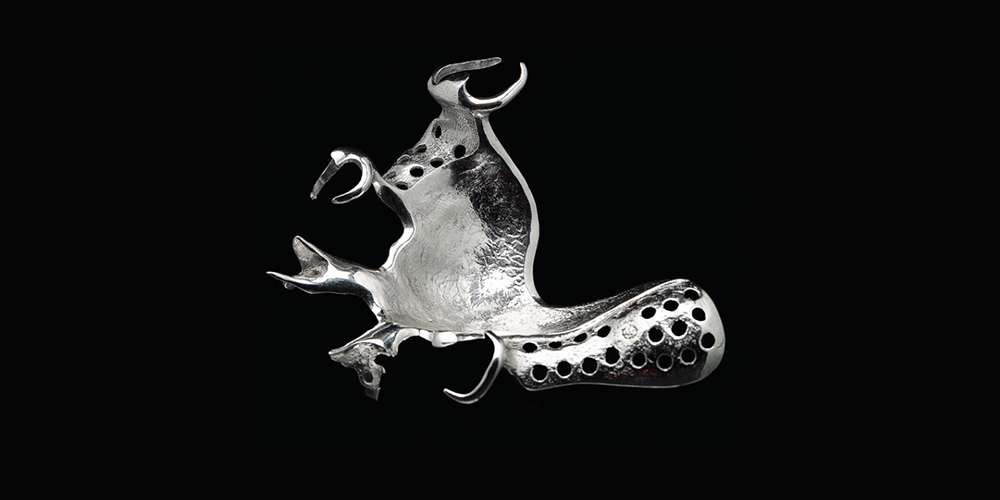
3. What dental frameworks does Robust dental supply?
According to different classifications, dental frameworks can be divided into various types. Here the main types that Robust dental lab supplies.
- Cobalt-chrome dental framework
- Vitallium dental framework
- Pure titanium framework
- Peek framework
4. How to maintain your dental framework?
Your dental framework will contain acrylic, so its care is similar to acrylic dentures:
- Rinse your mouth with warm water after each meal to remove loose food debris.
- Brush your teeth daily with a soft toothbrush or soft fake toothbrush. Regular toothpaste can be too abrasive and can cause scratches on the acrylic portion of the metal framework. Therefore, a cleaning sheet attached to the denture is used.
- While eating tough food or staff, pay attention not to let them touch or against the dental framework so as to reduce the possibility for it to be moved.
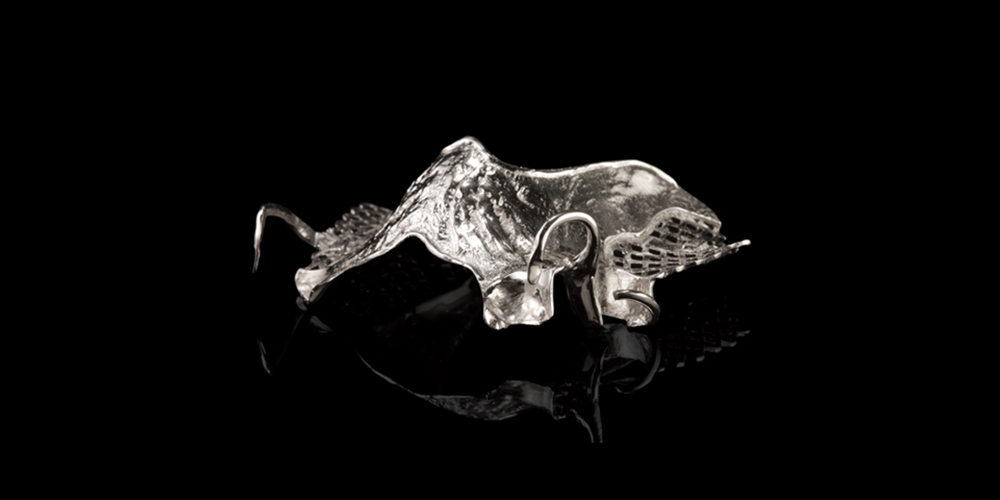
5. What are the main steps in making a dental framework?
There are four main steps in denture fabrication, including:
- Measurements: The first step in making a dental framework involves a dentist making a dental imprint on your mouth and checking all the movable tissues in your mouth. This mold will be used to create a plaster model of your mouth so that a properly sized and shaped dental framework can be made. In addition to dental prints, your dentist will also take various measurements of your jaw.
- Cast: The next step is to cast a model using a plaster cast and dentures. The plaster cast will be placed in a device called an articulator, which replicates the jawbone. Then, a few facsimile teeth are metal-attached denture models. The metal is then fixed into a gum line and the model is checked for fit. It may be necessary to try on several casts to determine the best fit. The best fit model will be used to create the final tooth framework.
- Final Installation: In this step, the dental material of your choice will be settled down and your dentist will make the final dental frame. Starting with the step of removing the tissue, which will affect the whole installation process, the dentist will make sure that he changes as little tissue as possible in your mouth, the dentist will put the part where the frame is attached to your chin to hold it in place.
- Adjustments: Once the final dental frame is installed, you will have enough time to adjust to it, or raise any discomfort with your dentist, to change your dental frame. This step can help you get used to the new tooth structure as quickly as possible.
